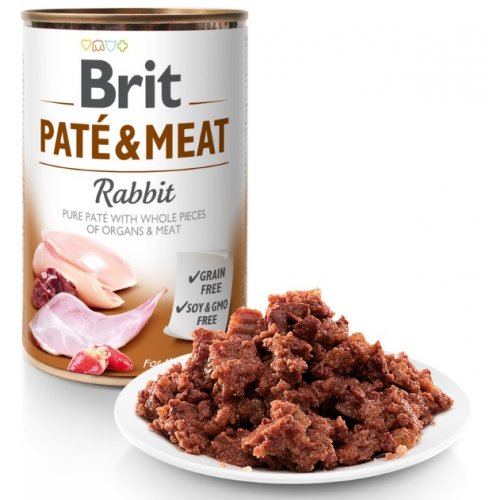Most importantly, soju connects you to a tradition no matter your own heritage and allows you to really respect the totally different nuances inside. It’s a pattern that sits throughout the wave of Korean tradition or Hallyu that’s sweeping throughout the West. Made with 100% barley, TY KU is a brilliant clean soju that’s also utterly versatile. This smooth spirit can be used for a twist on any conventional rum cocktails, from the Cuba Libre to a mojito. Similarly, its neutral style makes it a wonderful base spirit for cocktails and blended drinks, which means customers usually fail to style its presence within the drink. Like vodka, it’s a impartial liquor, meaning it doesn’t have a robust taste, but due to its lower alcohol percentage, it doesn’t have the harsh burn related to different liquors. So, what is soju and why do Koreans prefer it so much? That’s why generally in Korean dramas, you see the characters merely accepting a drink with just one hand. Yes, I do know that’s sexist, however that was their intent. Instead, it’s made with sticky rice, water and nuruk, a conventional yeast that’s hand cultivated. Many various meats, fish, vegetables, rice, noodles, soups and facet dishes (particularly the famend spicy and fermented kimchi) are served at any meal.
Charm: Distilled from rice, barley, candy potatoes, and tapioca, Charm is made in Korea and has 20 % alcohol by volume. So, individuals got here up with various sources of starch, resembling wheat, tapioca, and candy potatoes. The candy and juicy style of peaches pairs properly with the smoothness of Soju, making it a refreshing and satisfying drink. If you’d like a blended cocktail drink then this is for you. Only the most simplistic of drinkers would call a jagerbomb a cocktail! Many customers name out how a lot they love the clean, sweet taste of soju, which may typically cause them to drinking it in excess. The authentic soju tastes relatively robust yet candy. Answer:South Korean food is well-known for the variety of tastes. With plum soju being one in every of my favourite flavored soju choices as properly, it is a no-brainer as far as my tastes go. In 2015, fruit flavored soju came out, which brought the alcohol content right down to 16%. These are a lot smoother to drink. Should you favor a extremely low fruit flavored soju, then you might need to strive isultoktok soju. My daughter loves enjoying with it, then helping me make it after too.

It’s (arguably) the world’s best promoting liquor - and for good motive. Saan means mountain in Korean, and this is without doubt one of the oldest producers of soju selling internationally. And the Soju Bomb or poktanju (which suggests ‘bomb drink’) takes this expertise further. Here’s a rule of thumb for the alcohol content of soju. A impartial-tasting spirit, coined ‘Korean vodka’ - yet with round half the percentage of alcohol, it doesn’t have the harsh alcohol burn. So, when you would like to try soju but know you dislike the taste of straight alcohol, seize a couple of bottles of this fruit-flavored variation. At 20% to 40% alcohol, it’s not for the faint hearted. Traditionally, soju was round 40% ABV. The more frequent mass produced inexperienced bottles are usually around 19-25% ABV. As its ABV usually falls between 16% and 53%, many sojus can technically be considered a rice wine - bypassing liquor licensing laws. In America, decrease alcohol sojus are more popular as a result of liquor laws put them outdoors the hard liquor class. Lower proportion mass produced sojus are coming out to attract younger feminine prospects. X Research source - You won’t need to fret about this in case you are ordering drinks in a restaurant-it will be served ice-chilly and ready to drink!












0 komentar:
Posting Komentar